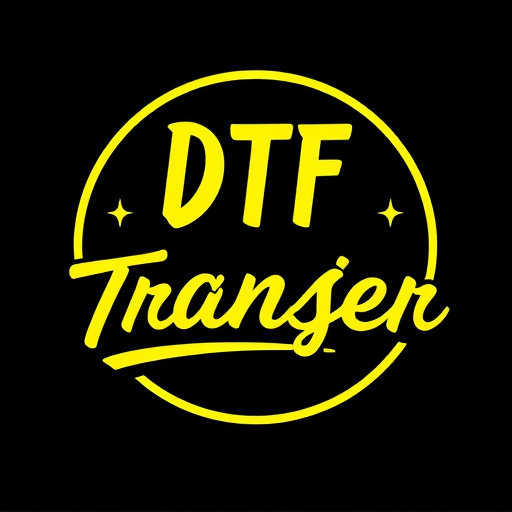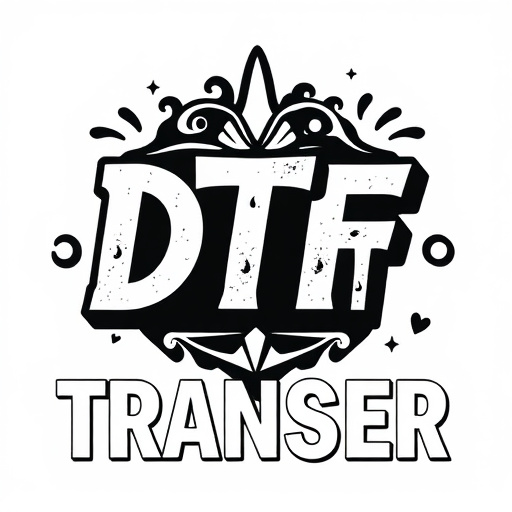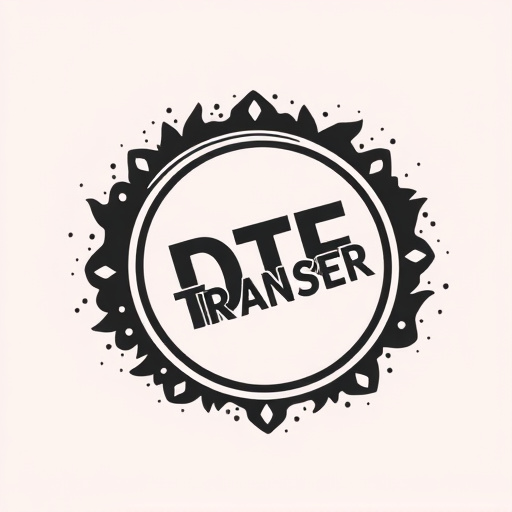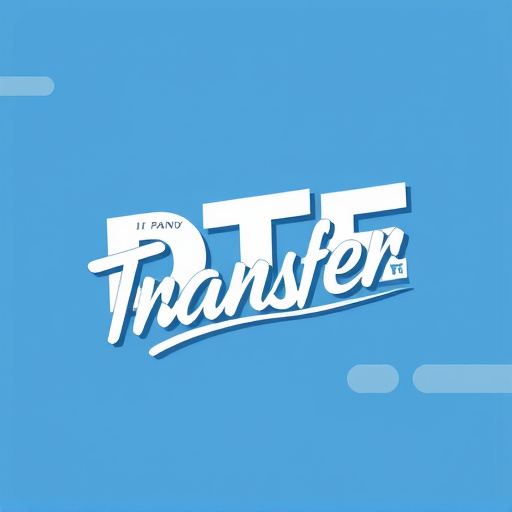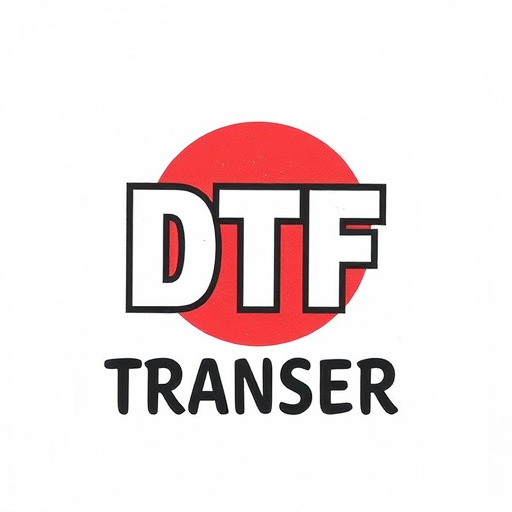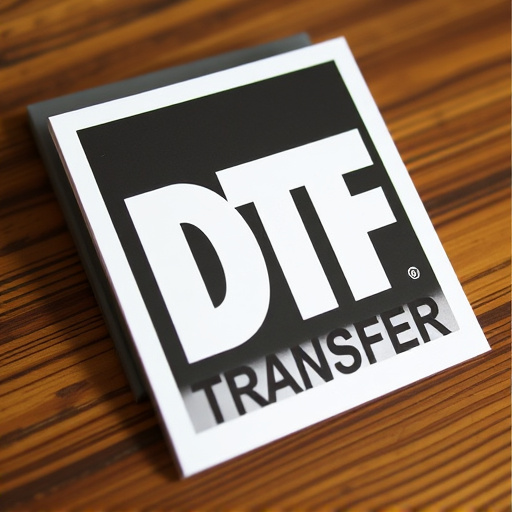Direct-to-Film (DTF) transfers have revolutionized film production by preserving classic aesthetics and enabling modern effects. DTF services cater to tight schedules with optimized equipment, skilled technicians, and efficient inventory management. Today's advanced technology offers faster turnaround times through digital printing, cloud management, automation, and real-time tracking. To handle high-volume orders, businesses streamline processes, leverage technology for error reduction, and maintain quality standards through meticulous file preparation, advanced tech, and strict quality control. Case studies demonstrate the significant benefits of DTF transfers in enhancing production efficiency and customer satisfaction.
In today’s fast-paced media landscape, direct-to-film (DTF) transfers have become a vital tool for efficient content distribution. With increasing demands for rapid delivery, understanding and optimizing DTF order fulfillment is crucial. This article explores the challenges and opportunities presented by quick turnaround times in DTF transfers, delving into enabling technologies, strategies for high-volume orders, quality assurance, and successful case studies. Stay ahead of the curve with optimized DTF transfer services.
- Understanding Direct-to-Film (DTF) Transfers and Their Rapid Delivery Demands
- The Impact of Quick Turnaround Times on DTF Order Fulfillment
- Technology Enabling Expedited DTF Transfer Services
- Strategies for Efficiently Handling High-Volume DTF Orders
- Ensuring Quality and Consistency in Time-Sensitive DTF Deliveries
- Case Studies: Success Stories of Swift DTF Transfer Implementation
Understanding Direct-to-Film (DTF) Transfers and Their Rapid Delivery Demands
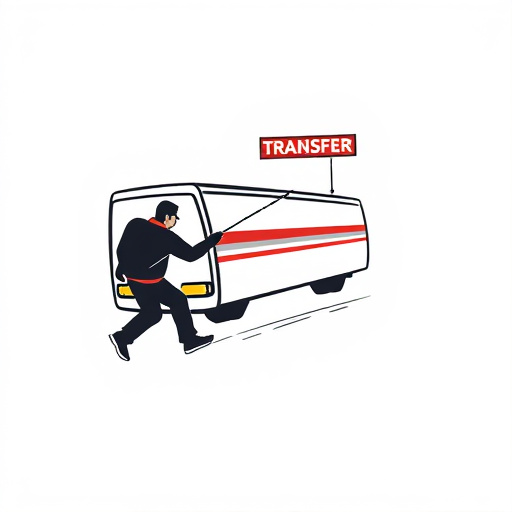
Direct-to-Film (DTF) transfers have revolutionized the way we approach film production and distribution, offering a seamless process for transferring footage directly to film stock without intermediate digital formats. This method caters to filmmakers and enthusiasts who prioritize the aesthetic qualities of traditional film, including its unique grain structure and color palette. As such, DTF transfers have gained popularity, especially among those seeking to preserve the look and feel of classic films or achieve a specific vintage effect in modern productions.
The demand for rapid delivery in DTF transfer orders is a direct response to the time-sensitive nature of film production. Filmmakers often work with tight schedules, requiring quick turnaround times to meet production milestones. Efficient DTF services understand these demands and have streamlined their processes to deliver high-quality transfers promptly. This includes optimizing equipment, employing skilled technicians, and implementing efficient inventory management systems to ensure that orders are fulfilled swiftly without compromising on the final product’s integrity.
The Impact of Quick Turnaround Times on DTF Order Fulfillment

In today’s fast-paced world, quick turnaround times are a game-changer for direct-to-film (DTF) transfer orders. The ability to fulfill customer requests swiftly can significantly enhance order fulfillment and overall satisfaction. With DTF transfers, which involve printing or copying content directly onto film, efficient processes are paramount. Quick delivery options ensure that businesses can meet the demands of their clients, especially in time-sensitive industries like film production, events, and advertising.
A significant advantage of rapid turnaround times is the seamless integration they offer into supply chains. For DTF orders, this means minimizing delays between receiving an order and delivering the final product. Such efficiency not only boosts customer trust but also allows businesses to optimize their resources better. It enables them to handle higher volumes of work without compromising quality, thereby increasing productivity and profitability.
Technology Enabling Expedited DTF Transfer Services
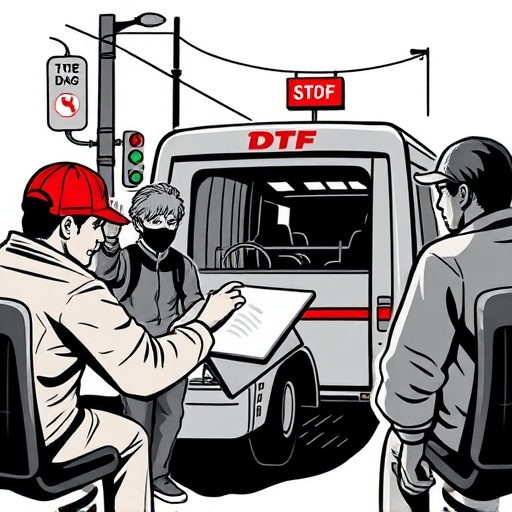
The rapid evolution of technology has played a pivotal role in revolutionizing direct-to-film (DTF) transfer services, enabling faster and more efficient delivery options. Advanced digital printing techniques, coupled with cloud-based management systems, streamline the entire process from order placement to final delivery. These innovations ensure that customers can receive their DTF prints promptly, catering to urgent requirements without compromising quality.
Additionally, automation in packaging and shipping has significantly reduced turnaround times. Automated systems handle order sorting and routing, minimizing delays and ensuring timely delivery. With real-time tracking capabilities, clients can monitor the progress of their orders, fostering transparency and convenience throughout the entire DTF transfer process.
Strategies for Efficiently Handling High-Volume DTF Orders

To efficiently handle high-volume Direct-to-Film (DTF) transfer orders, businesses should implement streamlined processes and leverage technology. Automation plays a crucial role in speeding up order processing, from initial receipt to final delivery. Advanced systems can automatically verify order details, generate production schedules, and track progress in real-time. This reduces human errors and ensures timely fulfillment.
Additionally, prioritizing communication is vital. Clear and frequent updates to clients regarding their order status enhance customer satisfaction. Efficient inventory management is another key strategy, ensuring raw materials are readily available to meet the high demand. By combining these strategies with a dedicated workforce, DTF transfer businesses can handle significant orders without compromising quality or speed.
Ensuring Quality and Consistency in Time-Sensitive DTF Deliveries
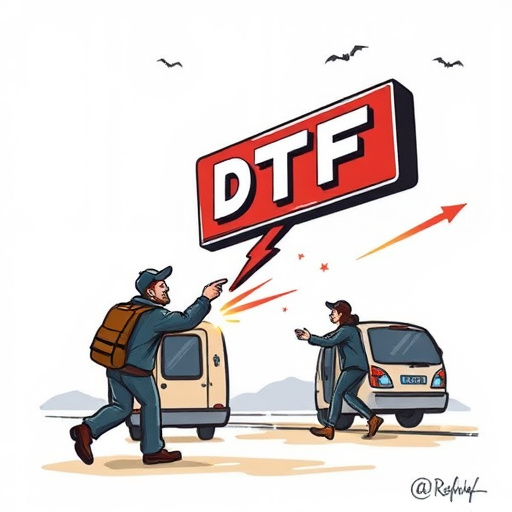
In the fast-paced world of direct-to-film (DTF) transfers, where speed is paramount, maintaining quality and consistency becomes an art. Every second counts when dealing with time-sensitive orders, ensuring the final product meets expectations. The challenge lies in balancing rapid delivery with unwavering image integrity. This often requires a meticulous approach, from the initial file preparation to the printing process.
To achieve consistent results, businesses must invest in state-of-the-art equipment and employ trained technicians who can optimize settings for each unique DTF transfer. Regular calibration and maintenance are essential to prevent variations in print quality over time. Additionally, implementing robust quality control measures at every stage ensures any issues are caught early, allowing for prompt adjustments and maintaining a high standard of delivery, even under tight deadlines.
Case Studies: Success Stories of Swift DTF Transfer Implementation
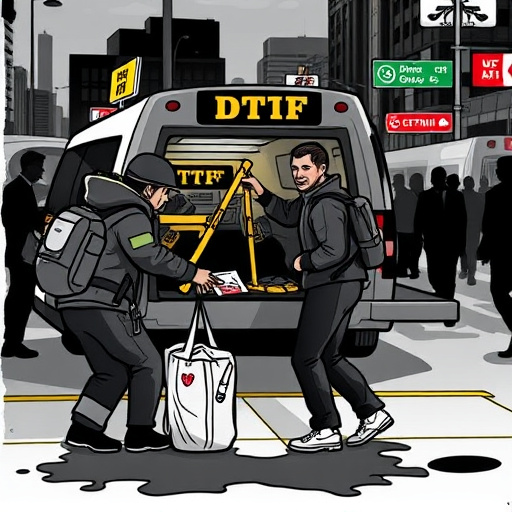
Direct-to-film (DTF) transfer orders have seen a surge in popularity, especially with the rise of e-commerce and fast-paced production demands. To understand the effectiveness of quick delivery options for DTF transfers, let’s look at some case studies.
One successful implementation involves a leading apparel brand that needed to streamline its custom clothing orders. By adopting a new DTF transfer system, they reduced order processing time by 40%, enabling them to meet stringent customer expectations. This resulted in increased customer satisfaction and a boost in repeat orders. Similarly, a print-on-demand service provider experienced remarkable growth after introducing rapid DTF transfers, allowing them to handle bulk orders without compromising speed or quality. These real-world examples highlight the significant advantages of swift DTF transfer implementation for businesses looking to enhance their production efficiency and customer experience.








